Siddharth Joshi
University of Notre Dame, University of California San Diego
Huff-LLM: End-to-End Lossless Compression for Efficient LLM Inference
Feb 02, 2025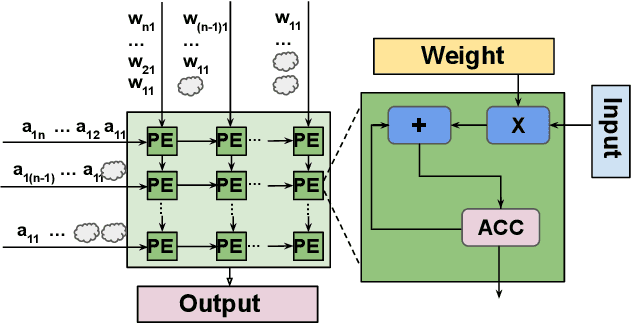
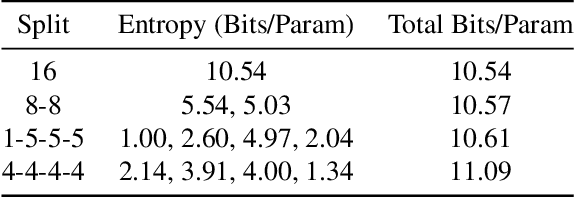
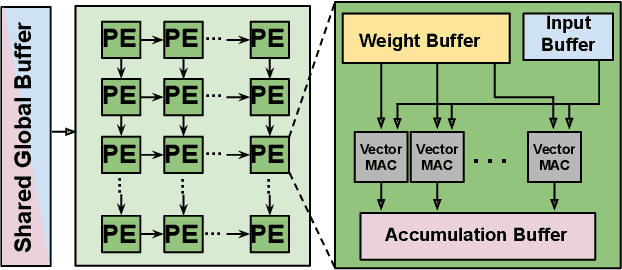
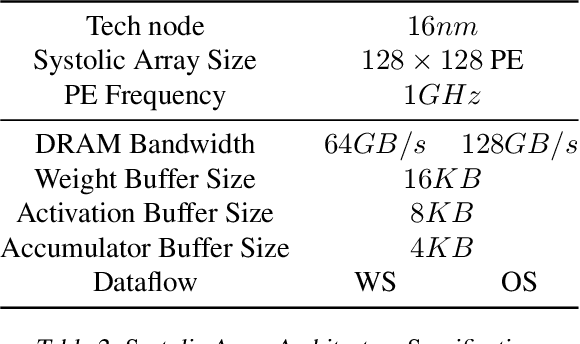
Abstract:As they become more capable, large language models (LLMs) have continued to rapidly increase in size. This has exacerbated the difficulty in running state of the art LLMs on small, edge devices. Standard techniques advocate solving this problem through lossy compression techniques such as quantization or pruning. However, such compression techniques are lossy, and have been shown to change model behavior in unpredictable manners. We propose Huff-LLM, an \emph{end-to-end, lossless} model compression method that lets users store LLM weights in compressed format \emph{everywhere} -- cloud, disk, main memory, and even in on-chip memory/buffers. This allows us to not only load larger models in main memory, but also reduces bandwidth required to load weights on chip, and makes more efficient use of on-chip weight buffers. In addition to the memory savings achieved via compression, we also show latency and energy efficiency improvements when performing inference with the compressed model.
MM-GEN: Enhancing Task Performance Through Targeted Multimodal Data Curation
Jan 07, 2025



Abstract:Vision-language models (VLMs) are highly effective but often underperform on specialized tasks; for example, Llava-1.5 struggles with chart and diagram understanding due to scarce task-specific training data. Existing training data, sourced from general-purpose datasets, fails to capture the nuanced details needed for these tasks. We introduce MM-Gen, a scalable method that generates task-specific, high-quality synthetic text for candidate images by leveraging stronger models. MM-Gen employs a three-stage targeted process: partitioning data into subgroups, generating targeted text based on task descriptions, and filtering out redundant and outlier data. Fine-tuning VLMs with data generated by MM-Gen leads to significant performance gains, including 29% on spatial reasoning and 15% on diagram understanding for Llava-1.5 (7B). Compared to human-curated caption data, MM-Gen achieves up to 1.6x better improvements for the original models, proving its effectiveness in enhancing task-specific VLM performance and bridging the gap between general-purpose datasets and specialized requirements. Code available at https://github.com/sjoshi804/MM-Gen.
A Remedy to Compute-in-Memory with Dynamic Random Access Memory: 1FeFET-1C Technology for Neuro-Symbolic AI
Oct 20, 2024
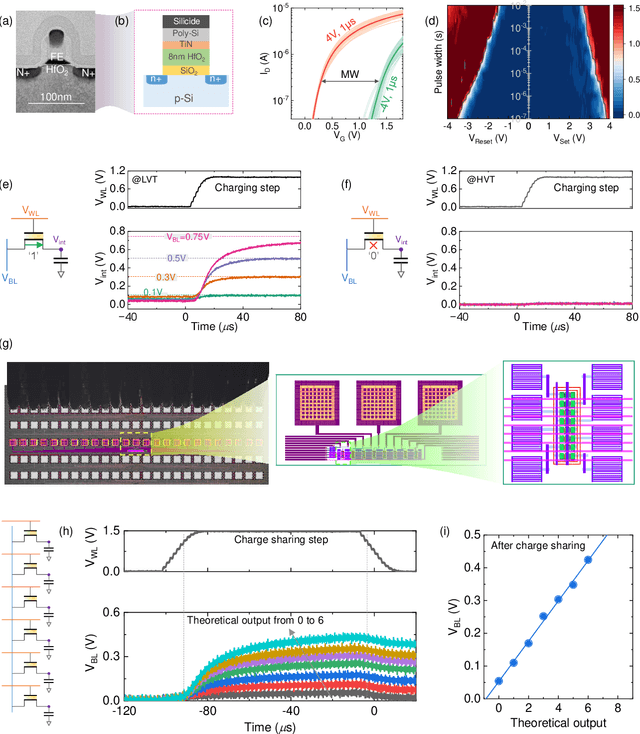
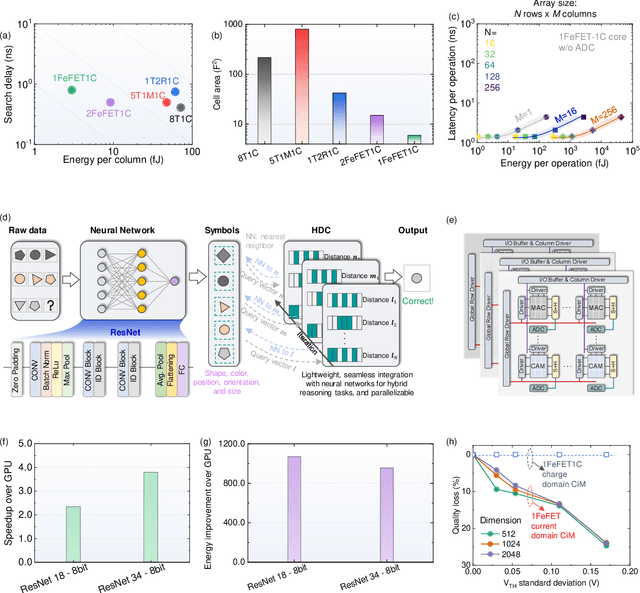
Abstract:Neuro-symbolic artificial intelligence (AI) excels at learning from noisy and generalized patterns, conducting logical inferences, and providing interpretable reasoning. Comprising a 'neuro' component for feature extraction and a 'symbolic' component for decision-making, neuro-symbolic AI has yet to fully benefit from efficient hardware accelerators. Additionally, current hardware struggles to accommodate applications requiring dynamic resource allocation between these two components. To address these challenges-and mitigate the typical data-transfer bottleneck of classical Von Neumann architectures-we propose a ferroelectric charge-domain compute-in-memory (CiM) array as the foundational processing element for neuro-symbolic AI. This array seamlessly handles both the critical multiply-accumulate (MAC) operations of the 'neuro' workload and the parallel associative search operations of the 'symbolic' workload. To enable this approach, we introduce an innovative 1FeFET-1C cell, combining a ferroelectric field-effect transistor (FeFET) with a capacitor. This design, overcomes the destructive sensing limitations of DRAM in CiM applications, while capable of capitalizing decades of DRAM expertise with a similar cell structure as DRAM, achieves high immunity against FeFET variation-crucial for neuro-symbolic AI-and demonstrates superior energy efficiency. The functionalities of our design have been successfully validated through SPICE simulations and prototype fabrication and testing. Our hardware platform has been benchmarked in executing typical neuro-symbolic AI reasoning tasks, showing over 2x improvement in latency and 1000x improvement in energy efficiency compared to GPU-based implementations.
Dataset Distillation via Knowledge Distillation: Towards Efficient Self-Supervised Pre-Training of Deep Networks
Oct 03, 2024Abstract:Dataset distillation (DD) generates small synthetic datasets that can efficiently train deep networks with a limited amount of memory and compute. Despite the success of DD methods for supervised learning, DD for self-supervised pre-training of deep models has remained unaddressed. Pre-training on unlabeled data is crucial for efficiently generalizing to downstream tasks with limited labeled data. In this work, we propose the first effective DD method for SSL pre-training. First, we show, theoretically and empirically, that naive application of supervised DD methods to SSL fails, due to the high variance of the SSL gradient. Then, we address this issue by relying on insights from knowledge distillation (KD) literature. Specifically, we train a small student model to match the representations of a larger teacher model trained with SSL. Then, we generate a small synthetic dataset by matching the training trajectories of the student models. As the KD objective has considerably lower variance than SSL, our approach can generate synthetic datasets that can successfully pre-train high-quality encoders. Through extensive experiments, we show that our distilled sets lead to up to 13% higher accuracy than prior work, on a variety of downstream tasks, in the presence of limited labeled data.
Slax: A Composable JAX Library for Rapid and Flexible Prototyping of Spiking Neural Networks
Apr 08, 2024



Abstract:Recent advances to algorithms for training spiking neural networks (SNNs) often leverage their unique dynamics. While backpropagation through time (BPTT) with surrogate gradients dominate the field, a rich landscape of alternatives can situate algorithms across various points in the performance, bio-plausibility, and complexity landscape. Evaluating and comparing algorithms is currently a cumbersome and error-prone process, requiring them to be repeatedly re-implemented. We introduce Slax, a JAX-based library designed to accelerate SNN algorithm design, compatible with the broader JAX and Flax ecosystem. Slax provides optimized implementations of diverse training algorithms, allowing direct performance comparison. Its toolkit includes methods to visualize and debug algorithms through loss landscapes, gradient similarities, and other metrics of model behavior during training.
Data-Efficient Contrastive Language-Image Pretraining: Prioritizing Data Quality over Quantity
Mar 20, 2024Abstract:Contrastive Language-Image Pre-training (CLIP) on large-scale image-caption datasets learns representations that can achieve remarkable zero-shot generalization. However, such models require a massive amount of pre-training data. Improving the quality of the pre-training data has been shown to be much more effective in improving CLIP's performance than increasing its volume. Nevertheless, finding small subsets of training data that provably generalize the best has remained an open question. In this work, we propose the first theoretically rigorous data selection method for CLIP. We show that subsets that closely preserve the cross-covariance of the images and captions of the full data provably achieve a superior generalization performance. Our extensive experiments on ConceptualCaptions3M and ConceptualCaptions12M demonstrate that subsets found by \method\ achieve over 2.7x and 1.4x the accuracy of the next best baseline on ImageNet and its shifted versions. Moreover, we show that our subsets obtain 1.5x the average accuracy across 11 downstream datasets, of the next best baseline. The code is available at: https://github.com/BigML-CS-UCLA/clipcov-data-efficient-clip.
Investigating the Benefits of Projection Head for Representation Learning
Mar 18, 2024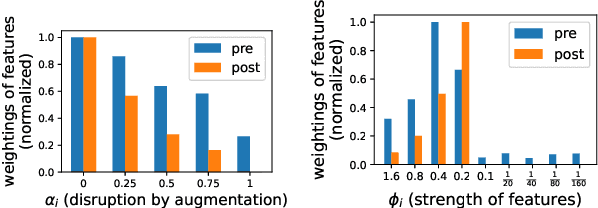

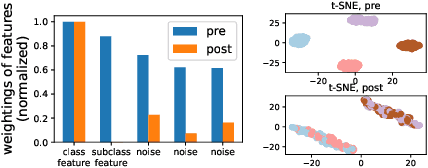

Abstract:An effective technique for obtaining high-quality representations is adding a projection head on top of the encoder during training, then discarding it and using the pre-projection representations. Despite its proven practical effectiveness, the reason behind the success of this technique is poorly understood. The pre-projection representations are not directly optimized by the loss function, raising the question: what makes them better? In this work, we provide a rigorous theoretical answer to this question. We start by examining linear models trained with self-supervised contrastive loss. We reveal that the implicit bias of training algorithms leads to layer-wise progressive feature weighting, where features become increasingly unequal as we go deeper into the layers. Consequently, lower layers tend to have more normalized and less specialized representations. We theoretically characterize scenarios where such representations are more beneficial, highlighting the intricate interplay between data augmentation and input features. Additionally, we demonstrate that introducing non-linearity into the network allows lower layers to learn features that are completely absent in higher layers. Finally, we show how this mechanism improves the robustness in supervised contrastive learning and supervised learning. We empirically validate our results through various experiments on CIFAR-10/100, UrbanCars and shifted versions of ImageNet. We also introduce a potential alternative to projection head, which offers a more interpretable and controllable design.
Improvements in Interlayer Pipelining of CNN Accelerators Using Genetic Algorithms
Nov 20, 2023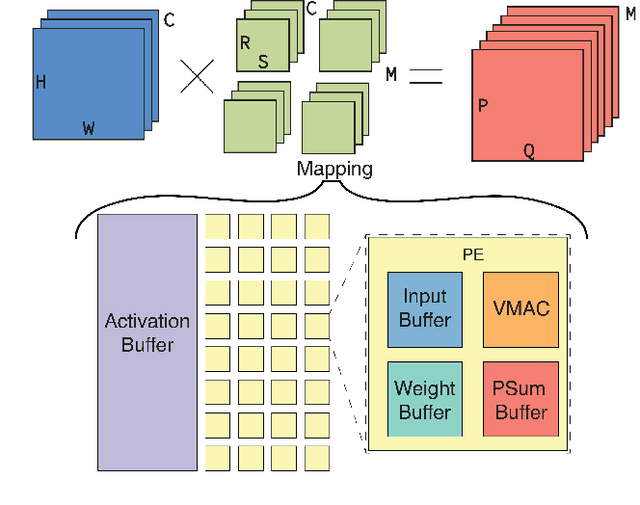

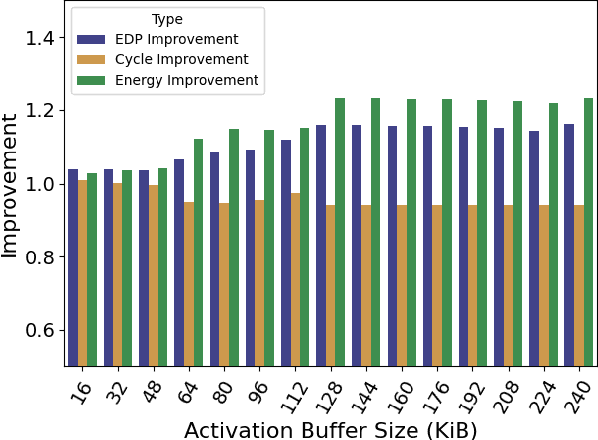
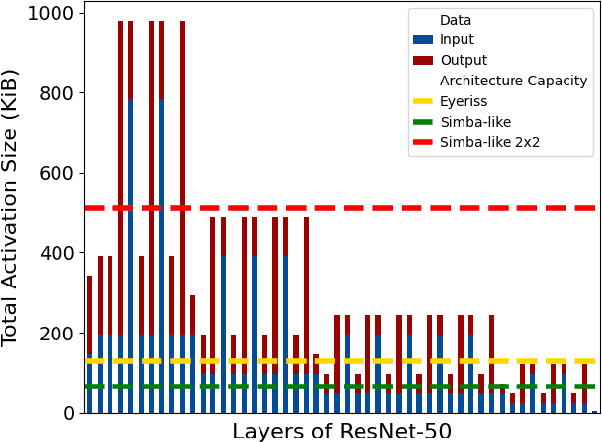
Abstract:Deploying Convolutional Neural Networks (CNNs) on edge platforms necessitates efficient hardware acceleration. Any unnecessary data movement in such accelerators can unacceptably degrade performance and efficiency. To address this, we develop a layer fusion technique targeting CNNs, that reduces off-chip data communication using a Genetic Algorithm (GA) applied to graph-based topological sort. Results show a 1.8$\times$ increase in energy efficiency and 1.9$\times$ improvement in energy-delay product (EDP) for MobileNet-v3 on a SIMBA-like mobile architecture. Our approach consistently improves workload performance, averaging 1.4$\times$ improvement to EDP for SIMBA and 1.12$\times$ for Eyeriss.
Understanding the Robustness of Multi-modal Contrastive Learning to Distribution Shift
Oct 08, 2023



Abstract:Recently, multimodal contrastive learning (MMCL) approaches, such as CLIP, have achieved a remarkable success in learning representations that are robust against distribution shift and generalize to new domains. Despite the empirical success, the mechanism behind learning such generalizable representations is not understood. In this work, we rigorously analyze this problem and uncover two mechanisms behind MMCL's robustness: \emph{intra-class contrasting}, which allows the model to learn features with a high variance, and \emph{inter-class feature sharing}, where annotated details in one class help learning other classes better. Both mechanisms prevent spurious features that are over-represented in the training data to overshadow the generalizable core features. This yields superior zero-shot classification accuracy under distribution shift. Furthermore, we theoretically demonstrate the benefits of using rich captions on robustness and explore the effect of annotating different types of details in the captions. We validate our theoretical findings through experiments, including a well-designed synthetic experiment and an experiment involving training CLIP on MS COCO and evaluating the model on variations of shifted ImageNet.
Hadamard Domain Training with Integers for Class Incremental Quantized Learning
Oct 05, 2023Abstract:Continual learning is a desirable feature in many modern machine learning applications, which allows in-field adaptation and updating, ranging from accommodating distribution shift, to fine-tuning, and to learning new tasks. For applications with privacy and low latency requirements, the compute and memory demands imposed by continual learning can be cost-prohibitive for resource-constraint edge platforms. Reducing computational precision through fully quantized training (FQT) simultaneously reduces memory footprint and increases compute efficiency for both training and inference. However, aggressive quantization especially integer FQT typically degrades model accuracy to unacceptable levels. In this paper, we propose a technique that leverages inexpensive Hadamard transforms to enable low-precision training with only integer matrix multiplications. We further determine which tensors need stochastic rounding and propose tiled matrix multiplication to enable low-bit width accumulators. We demonstrate the effectiveness of our technique on several human activity recognition datasets and CIFAR100 in a class incremental learning setting. We achieve less than 0.5% and 3% accuracy degradation while we quantize all matrix multiplications inputs down to 4-bits with 8-bit accumulators.
 Add to Chrome
Add to Chrome Add to Firefox
Add to Firefox Add to Edge
Add to Edge